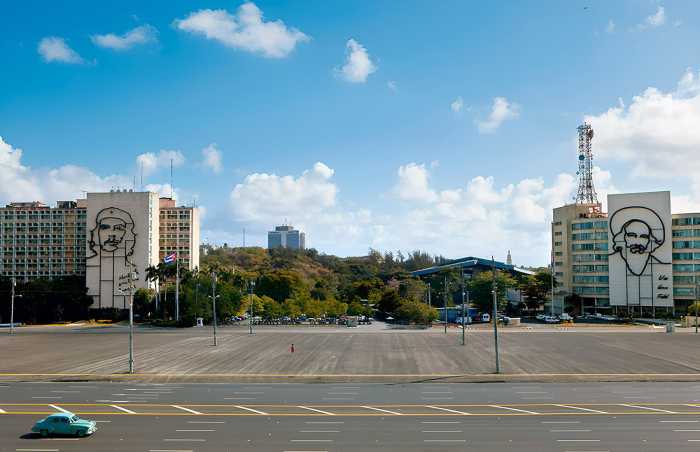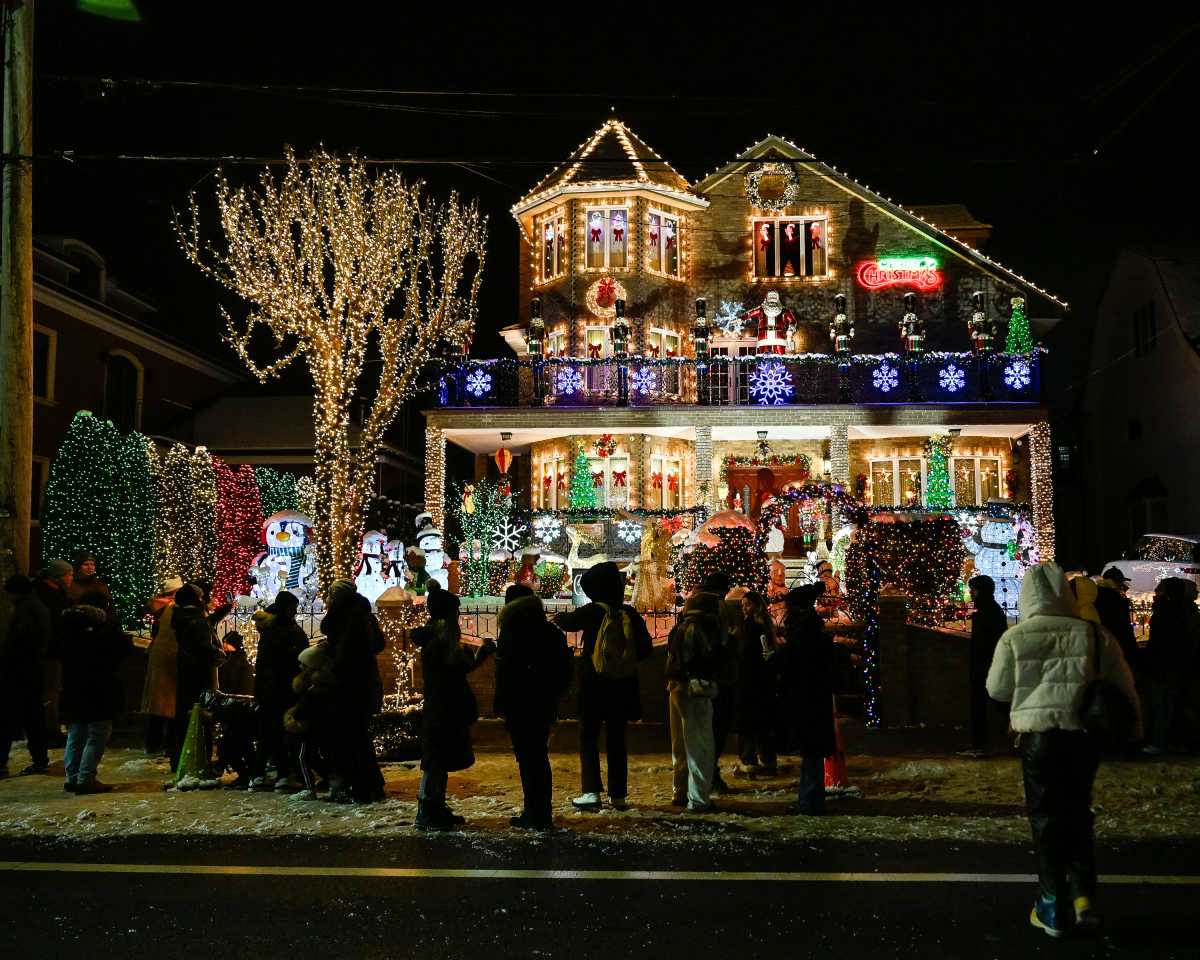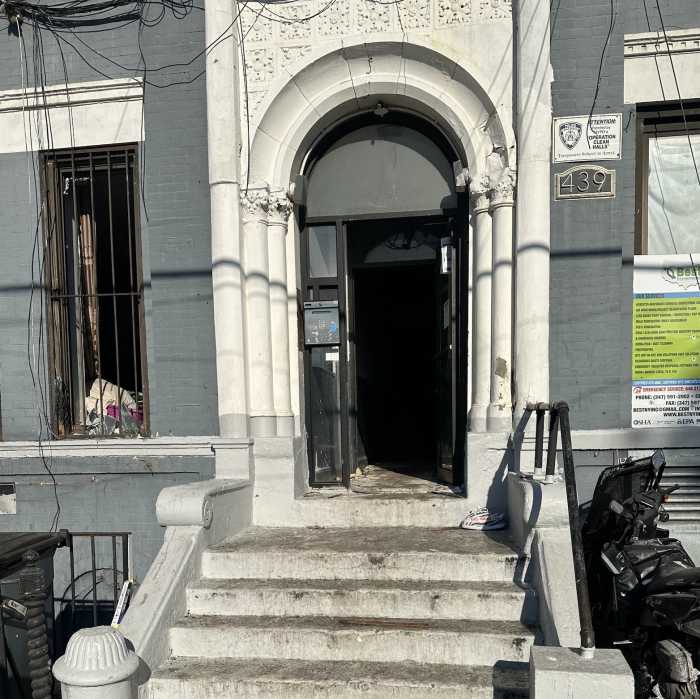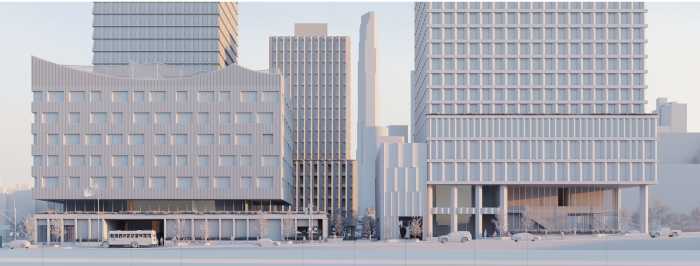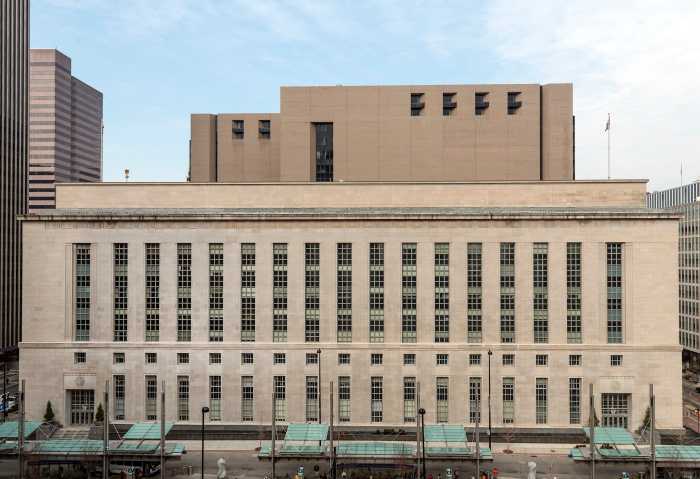Straphangers will soon see something from years gone by, as MTA subway trains and buses will once again display advertisements for alcohol.
The MTA board voted during its monthly meeting on Wednesday to allow display ads for adult beverages throughout the city’s transit system. The practice was banned in 2017 due to concerns about underage drinking and targeted marketing.
Per the vote, potential vendors can now show ads on MTA subways, buses, and around train stations. Ad formats will include digital displays, train wraps, and static displays, all in an effort to drive more financial support to the agency’s operating budget.
Board members said the agency is missing out on an estimated $7-$10 million a year in operational funding by banning boozy ads completely. But the move does not completely dismantle the years-long ban.
Unlike in years prior, the MTA explained, there will be restrictions on when and where alcohol ads can be displayed — thanks to new technology.
Digital alcohol-related ads will not be shown during typical student commuting hours of 6 to 8 a.m. and 2 to 5 p.m. when school is in session.

Also, billboards showing alcohol-related products on MTA property cannot be readable within 500 feet of a school, playground, or place of worship. According to MTA officials, the same requirement to certify compliance with the 500-foot limitation would apply to signage affixed to station exteriors.
Jessie Lazarus, chair of the MTA’s advertising review committee, explained that a total prohibition of alcohol-related ads has been too broad, leaving the agency to reject potential revenue-generating sources, even if the ad did not blatantly show booze.
“One of the things that the committee has been observing is that many of the ads that promote eateries or restaurants that include a glass of wine – potentially – on the table, we are spending our time rejecting those ads and the subsequent revenue that may come from it, or debating whether the content of the glass is grape juice or wine,” said Lazarus, who is also deputy chief of commercial ventures at the MTA.
Contributing to ‘poor health’
However, not everyone is toasting the change in policy.
Some doctors, health advocates and community leaders are concerned that the ads will put children and vulnerable transit riders at risk of underage drinking and substance use.
“New York youth are already subject to a variety of marketing on junk foods and substances like e-cigarettes and vapes that contribute to poor health outcomes like obesity, mental health and substance use disorders,” said Charles Moon, MD, co-chair of the public policy and advocacy committee of the NYS American Academy of Pediatrics.
The physician added that kids are more likely to drink when they are exposed to advertisements for alcohol-related products.
“In terms of alcohol consumption in youth, research has shown a positive correlation between marketing exposure and alcohol consumption and receptivity,” he added. “We certainly support public transportation and sustainable funding streams for the MTA, but they should not come at the expense of public and child health.”
DeAnna Nara, PhD, said that the MTA is “putting revenue ahead of its responsibility to protect riders,” and reintroducing the ads within the transit system “undermines” health.
“Meanwhile, the food and alcohol industries spend billions targeting communities of color and low-income residents with marketing for unhealthy products, while lawmakers delay commonsense safeguards like the Predatory Marketing Prevention Act, Nara said, referencing a NYS senate bill that aims to cut down on junk-food marketing.
Enjoying a ‘good beer’
In the meantime, some New Yorkers said the ads are “not a bother” and even called them “fun” to read.
“I actually do read train ads, and I do enjoy a good beer from time to time,” said Tom, a Queens resident. “So the ads are no bother to me.”
Permitted ads must meet the MTA’s usual advertising standards.









